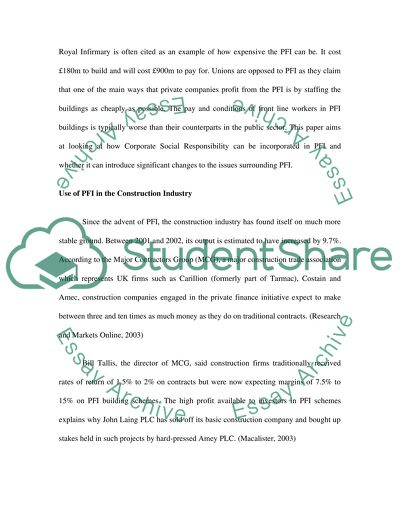Cite this document
(“Private Finance Initiative and UKs Construction Industry Essay”, n.d.)
Private Finance Initiative and UKs Construction Industry Essay. Retrieved from https://studentshare.org/miscellaneous/1508976-private-finance-initiative-and-uks-construction-industry
Private Finance Initiative and UKs Construction Industry Essay. Retrieved from https://studentshare.org/miscellaneous/1508976-private-finance-initiative-and-uks-construction-industry
(Private Finance Initiative and UKs Construction Industry Essay)
Private Finance Initiative and UKs Construction Industry Essay. https://studentshare.org/miscellaneous/1508976-private-finance-initiative-and-uks-construction-industry.
Private Finance Initiative and UKs Construction Industry Essay. https://studentshare.org/miscellaneous/1508976-private-finance-initiative-and-uks-construction-industry.
“Private Finance Initiative and UKs Construction Industry Essay”, n.d. https://studentshare.org/miscellaneous/1508976-private-finance-initiative-and-uks-construction-industry.


